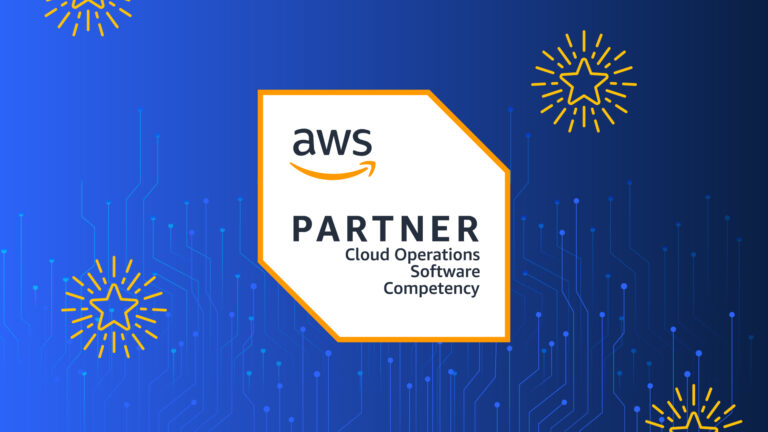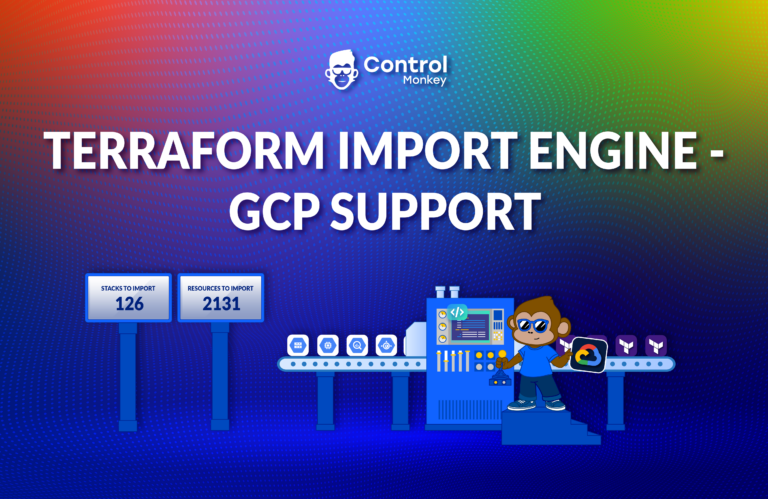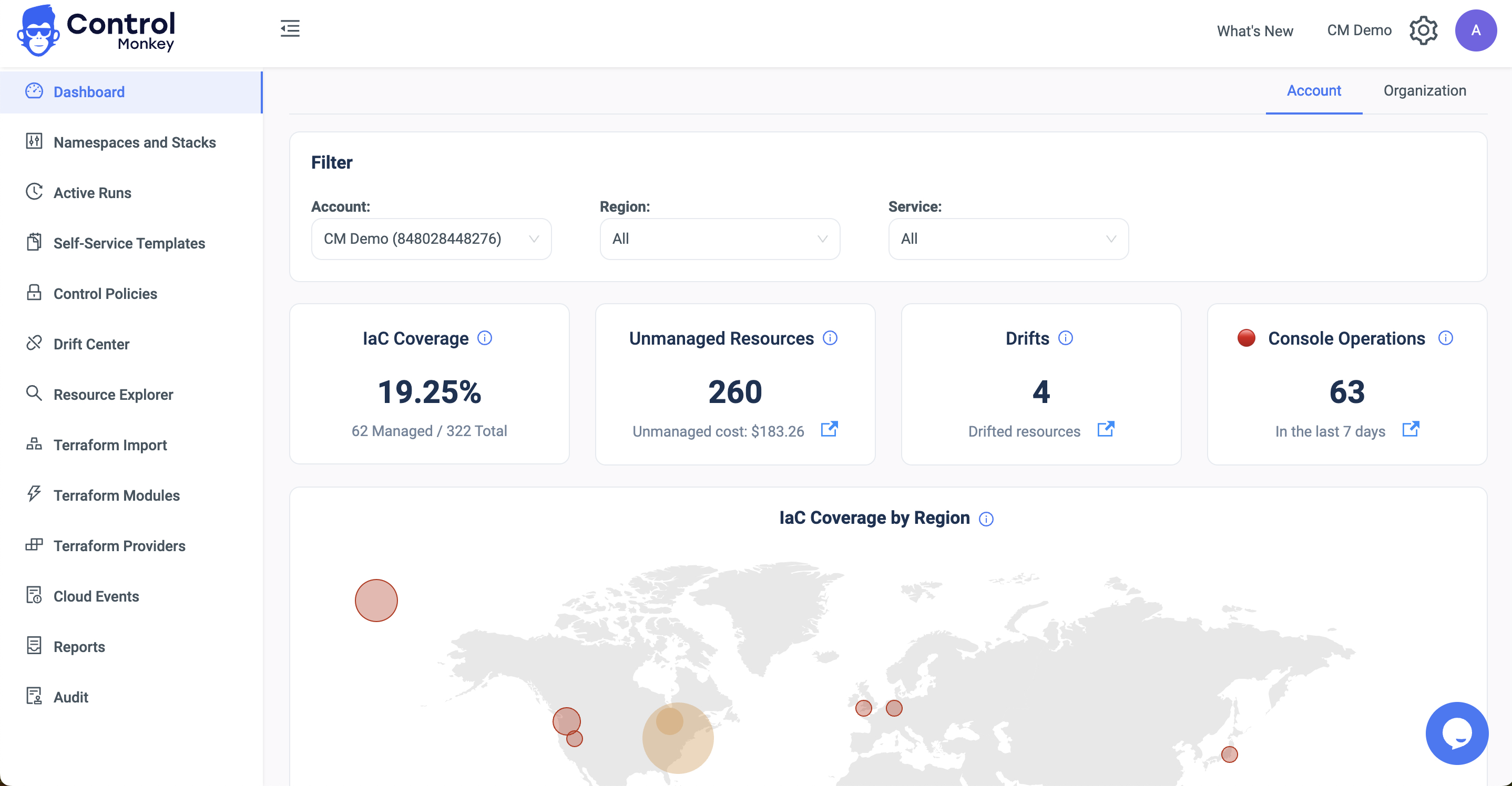Amazon Relational Database Service (RDS) is an AWS service that simplifies the setup, operation, and scaling of relational databases in the cloud. It supports various database engines like MySQL, PostgreSQL, and Oracle, making it a widely-used option for many organizations.
AWS provides Terraform resources that enable the management of RDS resources. These resources include DB instance(aws_db_instance), DB Subnet Group (aws_db_subnet_group), DB Parameter Group(aws_db_parameter_group) and DB Option Group (aws_db_option_group) and more.
By using Terraform to manage these resources, organizations can ensure that their RDS configurations are version controlled and easily recoverable in case of failures.
However, not managing RDS DB configurations with Terraform can have implications such as lack of disaster recovery plans and lack of the ability to track configuration changes and to rollback in case needed.
Without Terraform, organizations may have to manually create and manage these resources, increasing the risk of human error and service interruption.
One key resource that should be managed with Terraform is the RDS parameter group.
This is because parameter groups allow for the modification of database engine settings, which can greatly affect the performance and security of the RDS DB instance. By managing RDS parameter groups with Terraform, organizations can ensure that their RDS configurations are optimized for their specific use case and are aligned across multiple DB instances.
But what if you already have RDS DB instances running in your account that you have provisioned manually from the AWS console? You want to manage them by Terraform but you don’t want to spin up a new DB instance and perform a cutover with the risk of a downtime and loss of data during the process.
In such a case, importing existing RDS resources to be managed under Terraform is the way to go.
ControlMonkey is a powerful tool that enables an easy import of Amazon Relational Database Service (RDS) into Terraform. With just a click of a button, it can generate the necessary code for the RDS DB instance, parameter group and option group, allowing for seamless migration without the need to re-provision the resources and risk service interruption incidents.
The seamless migration is possible since ControlMonkey prepares a Terraform state file that contains the link between the generated Terraform code and the existing RDS resources in the customer’s AWS account.
This feature is particularly useful for organizations that have multiple RDS instances, as it allows them to easily manage and automate their applications data layer.










